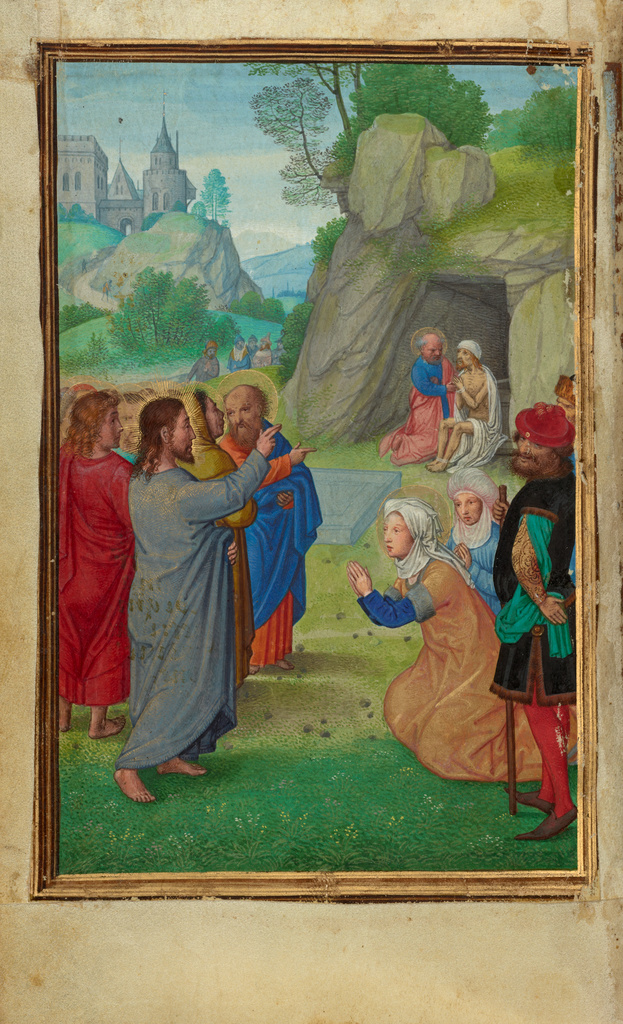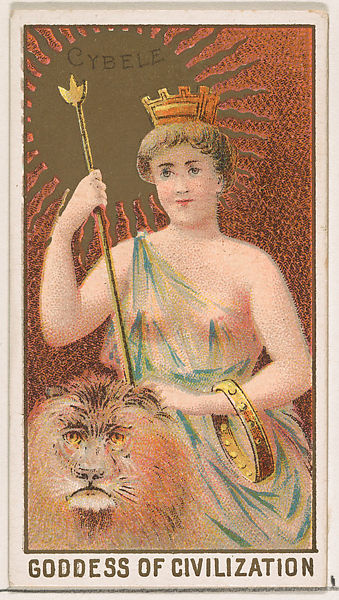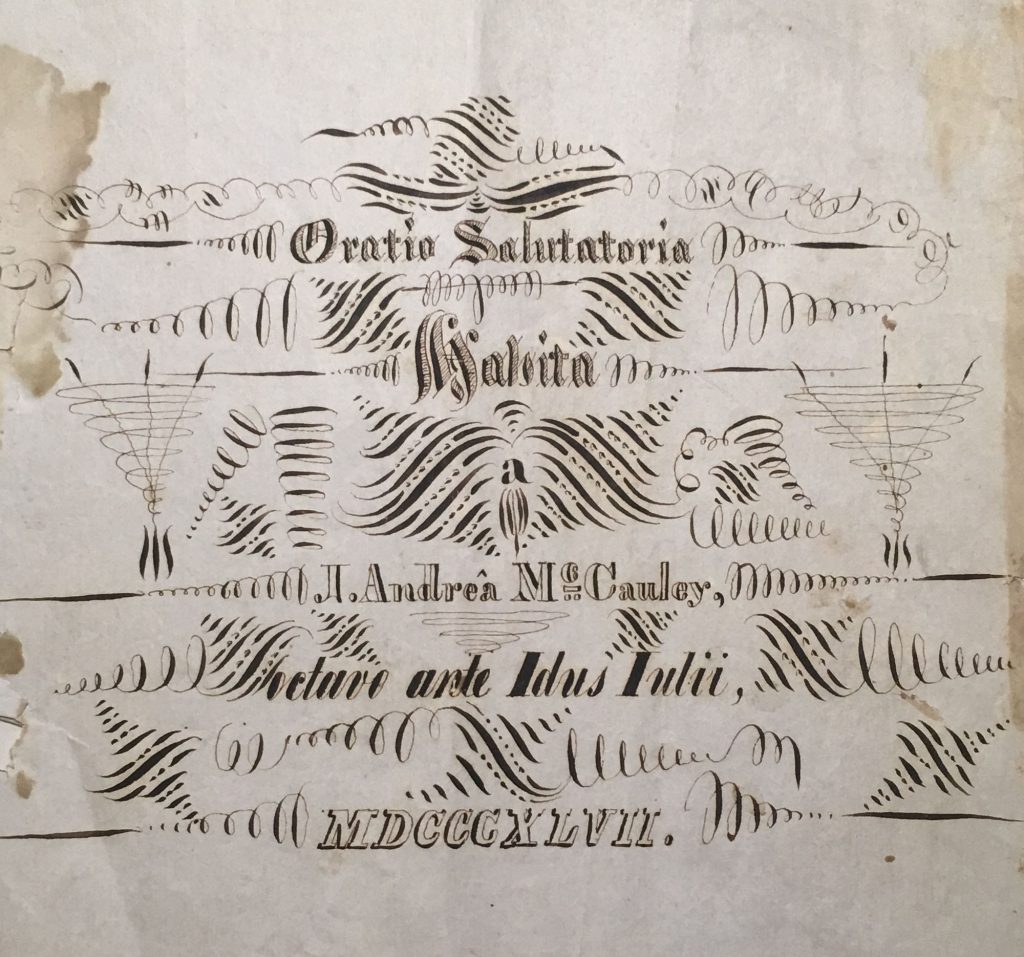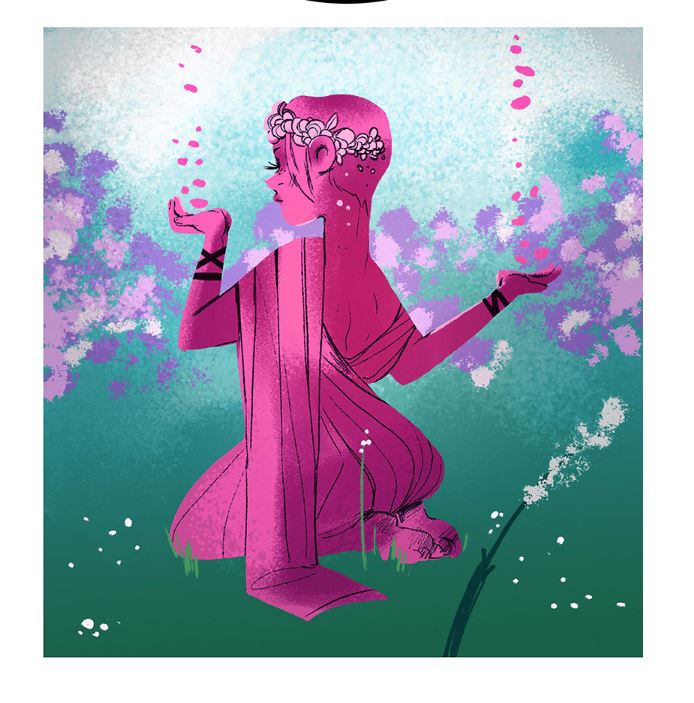Marco Girolamo Vida’s Vergilian-style epic on the life of Christ does more than present the familiar story in epic dress, argues Carl Hamilton (’21), it successfully solves a key problem in Renaissance approaches to Vergil.

Could Vergil, who died 19 years before Christ’s birth, have been a Christian? Had he somehow read the Old Testament? Was he unwittingly a vessel for Christian ideas? Many Renaissance readers idolized the beauty and eloquence of the poet but were uneasy about his pre-Christian origin. They tried to find ways to argue that Vergil’s poetry was consistent with, or even prophetically expressive of, Christian truth. Commentators used allegory to find hidden Christian messages in his works, especially the Eclogues and the Aeneid.
No author reconciled Vergil and Christianity better than Marco Girolamo Vida in his 1535 work the Christiad (The Epic of Christ). The Christiad dramatically narrates the life of Christ from Holy Week until Pentecost in 6,000 Latin hexameter lines in the style of Vergil’s Aeneid. When published, some scholars, such as Bartolomeo Botta, saw the work as the final overthrow of Vergil. Students could now learn proper Latin and Christianity at the same time, without the immoral pagan content. But since Mario Di Cesare’s 1964 landmark work, Vida’s Christiad and Vergilian Epic, scholars have begun to appreciate Christiad’s unique synthesis of Classical and Christian ideas.[1]
The language of the Bible, especially of the Gospels, is basic. It lacks the poetic flourish of Cicero or Vergil so beloved by Renaissance readers. This lack of polish in the Bible proved troublesome for many previous Christians, such as Saints Augustine and Jerome. The well-known story of Christ’s raising of Lazarus from the dead is told quite simply in St. John’s Gospel (11: 33–43 Douay- Rheims):
Jesus, therefore…groaned in the spirit, and troubled himself…And Jesus wept. The Jews therefore said: Behold how he loved him. But some of them said: Could not he that opened the eyes of the man born blind, have caused that this man should not die? Jesus therefore again groaning in himself, cometh to the sepulchre… And Jesus lifting up his eyes said: Father, I give thee thanks that thou hast heard me…because of the people who stand about have I said it, that they may believe that thou hast sent me. When he had said these things, he cried with a loud voice: Lazarus, come forth.
But Vida uses this simplicity to his artistic advantage. He transforms the journalistic recounting of John into a scene of high drama (Book 1, lines 262–280, trans. Gardner):
From all the neighboring mountains the entire population …filled the city…The hero [Christ] stood motionless in the very center, his hands and eyes raised to heaven, and in the silence of prayer he called to his Father. In equal silence and tension the townspeople observed him, wondering what he might command… Twice his face went white. Twice he groaned in his breathless chest and nodded his noble head. And lo, the doors of the tomb suddenly seemed to tremble. All at once, a sudden fear froze the blood in each of the onlookers and a chill invaded the depths of their hearts. Finally, the son of God addressed these words on high: “Father in heaven, until now you have never denied my prayers…This great populace [has] seen how vast your power is. Now, you servants…remove the marble lid of the tomb.”
The dialogue of the Jews in John become visual cues, as frozen blood and a chill fills the onlookers. Vida capitalizes on Christ’s double groaning in John to express His complete grief in face, chest and head “twice…twice.” Most dramatically, the silent prayer of Christ mirrors the silence of the onlookers, as if time, too tense to move, has stopped for a brief moment. But notice that, for all the heightened tension, Vida retains the moral content of John. Christ is not a sensationalist miracle-worker, but the pious Son of God. We see him suffer and groan, as in John. This pain continues throughout the Christiad to emphasize the cruelty of the Savior’s Passion. Vida thus successfully transmits a Christian message through a dramatic, Vergilian medium.
It was not enough for Vida merely to imitate Vergil. In fact, his age demanded more. Vida lived in a time of peculiar balance in Italy, where the intellect and the faith were both held in high esteem. His Italy was modern enough that the learning of the ancients was no more an immediate threat to Catholic orthodoxy, but traditional enough that no challenge to the Magisterium would be tolerated.
In the religious realm, Protestantism was nascent, and Pope Leo X, Vida’s patron, condemned Luther’s heresies in the 1520 bull Exsurge Domino. In the intellectual community, scholars, although enamored with Vergil, struggled to make his writings wholly consonant with Christianity.
One such scholar, Christoforo Landino, said there were two theologies present, the ancient and Christian, theologica prisca and theologica nostra. According to Landino, these were “two branches of the same stream.” The job of the commentator was to reconcile them. This reconciliation came mostly through allegory, where Vergilian concepts were said to represent Christian ideas. Vergil’s poem Eclogue 4, called “Messianic” by some Christians because of its apparent prediction of Christ’s birth, was the center of this analysis (Eclogue 4.4–10 trans. Fairclough in the Loeb):
Now is come the last age of the Cumaean song; the great line of the centuries begins anew. Now the Virgin returns, the reign of Saturn returns; now a new generation descends from heaven on high. Only do you, pure Lucina, smile on the birth of the child, under whom the iron brood shall at last cease and a golden race spring up throughout the world! Your own Apollo now is king!
According to the common Christianizing allegorical reading, the Virgin mentioned is the Virgin Mary; the descent from heaven represents the incarnate God-Man Christ sent by God the Father; and the golden race (gens aurea) represents the Christians. But this reading is blind to the poem’s context. Even St. Jerome in the late 300s called it childish. Renaissance commentators were eventually forced to admit the failure of attempts to Christianize Vergil. The Aeneid, after all, posits reincarnation of souls in Book VI, a wholly non-Catholic doctrine.
In the Christiad, Vida boldly reverses the method of the commentators who tried to use Christianity as a means of understanding Vergil—a doomed project due to the differences between the two. Instead, Vida uses Vergil as a means to understand Christianity. We see this change when Vida puts these famous lines from Eclogue 4 into the mouth of Mary before the Annunciation. Here Mary recalls her thoughts before the Angel Gabriel visits her (Book 2, lines 303-312):
For my part I kept recalling the teachings of the ancient prophets. But one above all remained fixed in my mind, placed there surely by some higher power. All the prophets had predicted that a royal virgin, who was without taint of the marriage bed and remained, astonishingly, a virgin, would bring into the light of the world a king of angels; and that, immediately upon his coming, there would be happiness everywhere and a golden age would arise throughout creation.
Mary’s talk of “the teachings of the ancient prophets” and the “royal virgin” points firmly toward the foretelling of the virgin in Isaiah 7:14 and its fulfillment through Jesus’ birth in Matthew 1:23. But the quote of Vergil from Eclogue 4 in the final line forces a reconsidering of the preceding lines. Now, “all the prophets” become pagan poets, and the virgin who will bear Christ becomes the virgin of Eclogue 4. By speaking these words, Vida has Mary become a prophetic vessel herself. She embodies Eclogue 4’s prophesy of the golden age, and in so doing eliminates need for the allegorizing commentator. Vergil’s words are now Christian words, as are his prophesies. Vergilian scholar Craig Kallendorf calls this melding “a true fusion of Christian and pagan.” The connection between Vergil’s words and Christian meaning becomes explicit. Both Old Testament and Vergilian prophecy become fulfilled in Christ.
After Mary’s speech, Vida goes on to describe what exactly Eclogue 4’s fulfillment looks like in practice, namely the elevation of the Church over pagan Rome. In Book VI of Aeneid, Aeneas, the mythic founder of Rome, and the Sibyl, his guide, visit the underworld. While there, they receive prophecies from Aeneas’ father Anchises. He tells them that Rome’s mission is to “spare the conquered and subdue the proud.” In Christiad, Christ likewise receives a prophecy from God His Father before His death which clarifies what the “golden age” will be. The Father says that “Even Rome, that proud city laden with empire … will subject to you her fasces and the reins with which she rules the world.”
By using the word “proud,” as Vergil did, Vida implies that Rome, instead of having to conquer the proud, has become proud itself because of its conquering. This inversion of the word “proud” forces us to recognize what J. Christopher Warner, a scholar of biblical epic, calls “the gulf that is continuously asserted between [the Christiad] and its poetic model.” Vida’s gulf here posits that the proud pagan Rome failed, so it is the Church’s place to fill the void. By filling this void, Vida thus asserts that the Church’s Rome has fulfilled Anchises’ prophesy, and by extension Vergil’s, better than Vergil’s own Rome ever could.
In Book VI, Vida ends his poem by quoting Eclogue 4 one last time (Book 6, lines 985-986):
A golden race now rose up throughout the world
And the most beautiful age of all was just beginning
Where Vergil said “will spring up” (surget), Vida here says “now rose up” (surgit). How appropriate that this present tense verb reflects both cause and effect: because Christ is risen, the new race now rises with him. Instead of making an allegory out of Vergil, Vida here realizes his words. The Church is now definitively the fulfillment of Rome, and Christ’s disciples are the golden race.
Vida’s Christiad solves the problem of the Renaissance commentators. The narrative progression of the work, from prophecy (Book I) to fulfillment (Book VI), tracks the convergence of ancient and Christian theology into one stream. Instead of settling for the theological impasse and casting off Vergil, Vida instead crafted a poem which makes Vergil essential to its vision. He accomplished a rare feat: not only the enjoyment, but the understanding of his own work depends upon that of another. The greater the knowledge of not only Vergil, but also the Bible, one has before reading the Christiad, the more fulfilling a reading of the text will be. To close with a quote of Saint Paul, “We see now through a glass in a dark manner; but then face to face.” Vida has transformed Vergil’s prophecies, seen before in a riddling way, into face to face, or page to page, realizations of Christian truth.
[1] Mario Di Cesare, Vida’s Christiad and Vergilian Epic (New York: Columbia University Press, 1964).




